抹茶の神話
EGCG(カテキンの一種で、それ自体が抗酸化物質の一種)の含有量を調べたある研究結果を誤って引用する企業が数多くあります。これらの企業は、抹茶には緑茶の137倍の抗酸化物質が含まれていると主張しています。
Green Tea GuideとMatcha Mind Teaのブログ投稿では、この数字がコロラド大学の研究から得られたものであることが具体的に指摘されています。
この研究は、他の多くの研究と同様に、より綿密な調査(そしてもちろん、可能であれば読むべき)が必要です。しかし、概要(下記)を見るだけでも、マーケターが「137」という数字を文脈から切り離して解釈していることがわかります(強調部分は筆者によるものです)。
緑茶に含まれるカテキンには、多くの健康によい特性があることが知られています。最近では、抹茶には他の緑茶よりも健康によい潜在的効能があるのではないかと言われています。抹茶は、日本の茶道で使われる特別な粉末緑茶です。しかし、一般的な緑茶と比較して抹茶からのカテキン摂取量を定量化した調査は行われていません。我々は、ミセル界面動電クロマトグラフィーを用いて、抹茶中の 5 種類のカテキンとカフェインを分析する迅速な方法を開発しました。抹茶の水抽出およびメタノール抽出の結果と、一般的な緑茶の水抽出の結果を比較して示します。乾燥葉 1 g あたりのカテキン mg で比較すると、飲用抹茶から得られるエピガロカテキン没食子酸エステル (EGCG) の濃度は、China Green Tips 緑茶から得られる EGCG の量の 137 倍、他の緑茶の文献の最大値よりも少なくとも 3 倍高いことが示されています。
もちろん、チャイナ・グリーン・ティップスはスターバックスの特定のお茶製品であり、一般的な緑茶ではありません。Green Tea GuideとMatcha Mind Teaはどちらも、平均的な緑茶の137倍の濃度は危険であると指摘しています。
粉末緑茶はいかがですか?
日本では、緑茶を通してカテキンの摂取量を増やしたい人によく見られるのが、 粉末緑茶です。実際、平均すると、ほぼすべての緑茶(焙じほうじ茶は例外)は、粉末にした場合、抹茶よりも多くのカテキンを含んでいます。
「日本と海外で生産されたさまざまな種類の緑茶のカテキンのHPLC分析」という研究の分析では、乾燥重量の割合としてカテキンのレベルが示されています。
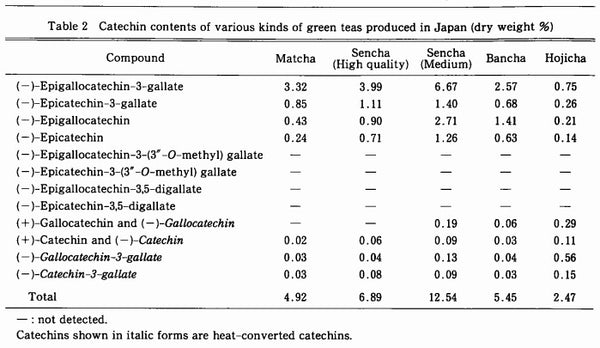
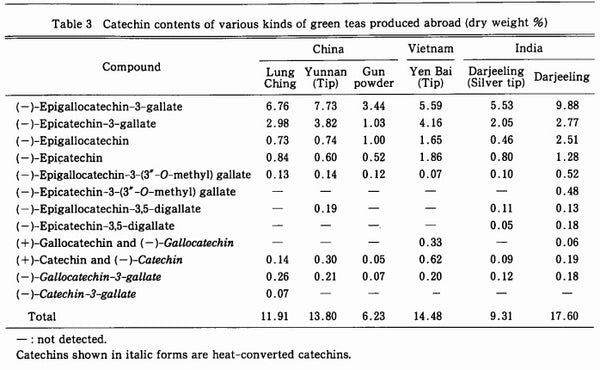
西条、良保*、武田義之**。 「 国内外産各種緑茶中のカテキン類のHPLC分析」日本食品化学工学会誌Vol.2 46、第3号。 138-47 (1999)。
※ 香川大学教育学部 〒760-8522 香川県高松市幸町1-1
** 茶栽培部(枕崎)〒898-0032 鹿児島県枕崎市別府14041 NIVOT
興味深いことに、「日本の緑茶に含まれる個々の茶葉のカテキンとカフェイン含有量」という別の研究では、日本産の緑茶のサンプルをはるかに多く(様々な種類の茶葉を合計85サンプル)調査しているにもかかわらず、その含有量は大きく異なっています。しかし、ここでも抹茶はほうじ茶を除く他の緑茶よりも含有量が少ないことが示されています。
上から下へ:玉露上、玉露下、玉露並;抹茶上、抹茶中、抹茶下、抹茶並;煎茶上、煎茶中、煎茶下、煎茶並;番茶、ほうじ茶、釜炒り玉緑茶上、中、低、並;蒸し玉緑茶上、中、低、並。
最初の列の数字はサンプル数を示しています。最後から2番目の列はカテキンの総量、最後の列はカフェインを示しています。
後藤さん、哲久さん、長島仁さん、吉田裕子さん、木曽正明さん。 「 日本緑茶の各茶カテキンとカフェインの含有量」 『茶業研究報』Vol.2 1996年(平成8年)第83号、 21-28。
後藤哲久氏と永島均氏は独立行政法人食品総合研究所、吉田裕子氏と木曽正明氏は東京都農業試験場に所属しています。
健康と風味のバランスを見つける
覚えておくべき重要な点は、カテキンは苦味があるということです。お茶の苦味が強いほど、カテキンの含有量が多くなります。茶葉にこだわるなら、80℃以上のお湯で淹れたお茶は、同じ茶葉でもそれ以下のお湯で淹れたお茶よりも苦味が強くなることに気づくでしょう(例えば、日陰で淹れた玉露やかぶせ茶で試してみてください!)。80℃は、カテキンが最も多く抽出される温度です。
粉末茶の中には、葉全体を摂取しながらも苦味を抑える効果に優れたものもあります。抹茶のように葉全体を摂取することで、体内に最も多くの抗酸化物質を摂取できるのです。
画像クレジット: kazoka / Shutterstock

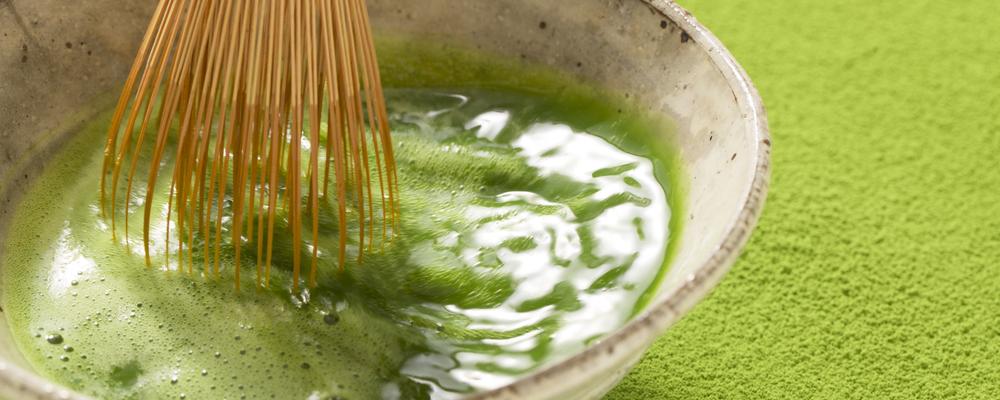
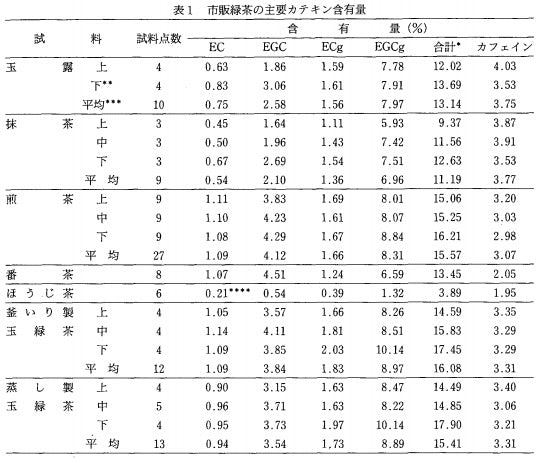
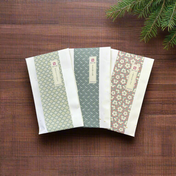
6件のコメント
The methanol extraction of the powder vs the water extraction of the green tea may not be as bad a comparison as you would first think.
The water extraction of the green tea is what the person actually consumes, so it is easy to then prepare this sample for the chromatography and assess what is present.
The matcha powder is fully consumed, so it needs to be understood what is present in the powder. To see what is present, the powder needs to be prepared in such a way that the chromatography method can detect what compounds are present. This usually takes form in a methanol extraction.
The methods and comparison are fine, the only caveat that should be included is that while there may be 137x the compounds present in match vs green tea, there is the very real possibility (and high probability) that the body would not be able to extract that full amount.
Hi Marc, First of all, you do need to be careful about generalizing. Ichibancha or first flush and nibancha or second flush, refers only to the specific flush, and says nothing about cultivation or production. Given the exact same amount of exposure to sunlight and the same tea field, I would say that first flush leaves have more of all components. If you shade the leaves, there will be less exposure to sunlight so more theanine and less catechin. Most farmers allow their second flush to grow longer (resulting in more sunlight exposure) to get a larger crop yield, so the tendency is for more catechin. But I would say the second flush also has less caffeine.
Hi Ian,
Is it accurate that Shincha/Ichibancha sencha has less caffeine, less catechins but higher amino acids (I assume that by higher amino acids, people refer mainly to L-theanine ) than Nibancha harvested sencha ?
My understanding is that catechins are actually produced from L-theanine with the help of direct/full sun exposure. Since Shincha/ichibancha means spring harvest, such leaves have seen little sun exposure, so I’d expect the claim of higher L-theanine and lower amount of catechins to be accurate. However, I’m not so sure about lower amount of caffeine. The reason I say that, is because gyokuro which generally has higher amounts of L-theanine than sencha, also has higher amounts of caffeine than sencha.
As far as I know the effects of green tea relies on the ratio of three main components : theanine, catechins and caffeine.
I’m looking to find the general ratios of the above in both ichibancha and nibancha. Off the top of my head, as far as Nibancha, I’d assume lower amounts of L-theanine, higher amounts of catechins and lower amounts of caffeine.
Am I mistaken ?
Many thanks
Hi Marc, I am not a food scientist, so I am speaking only with knowledge as someone who has read a lot about this in Japanese. “Sencha Nagashima” is almost certainly a product name, not a type of sencha, so I am going assume that the “high fired” term you use is 火入れ in Japanese, hi-ire, what we call “green roasting” here on Yunomi, and a process where you heat sencha in a roaster on low heat for a short time so as not dry it out more without actually roasting it. This has the effect of reducing moisture from unrefined tea leaves (aracha) at 5% to 1-2%, imparting a sweet toastiness without removing too much of the vegetal flavor, and allows for storage of 6-18 months much less decline in quality.
I do know that roasting the leaf to the point of hojicha reduces the amount of caffeine and reduces the catechin in the leaf. How much green roasting reduces this is something I do not know though.You can see the general difference between sencha and hojicha here: https://yunomi.life/blogs/japanese-tea-guide/japanese-tea-nutrition-chart
I’ll take a look to see if any Japanese research has been done on this hi-ire process.
This question is about Japanese sencha :
Mood wise I benefit from most first-flush sencha, but one ; sencha Nagashima which is a high-fired tea. I suspect this lack of effect has to do with it being high-fired. I’ve seen an HPLC analysis of that tea and it’s been found to have a high amount of polyphenols – though this is a bit vague as there are many types of polyphenols present in sencha.
Do you think the high-firing process causes polymerization ? This might explain why it’s been found to have a high amounts of polyphenols and why I don’t get the mood benefit from this one tea.
This question is about Japanese sencha.
I’ve been drinking sencha for 9 years now. I drink sencha for the overall experience and the effect it has on my mood and overall health. Most sencha improve my mood.
One type of sencha however, doesn’t produce that effect – it is high-fired sencha (i.e. Sencha Nagashima). I’m wondering why that is ? I’ve seen an HPLC analysis of that tea and it has a high amount of polyphenols – though, that is somewhat vague, as there are many types of polyphenols in sencha.
I’m pretty sure it has to do with it being high-fired where other sencha teas I drink aren’t.
Could the high-fired process cause polymerization ? That might explain why it has a high amount of polyphenols and why I don’t benefit from that tea.
Thank you